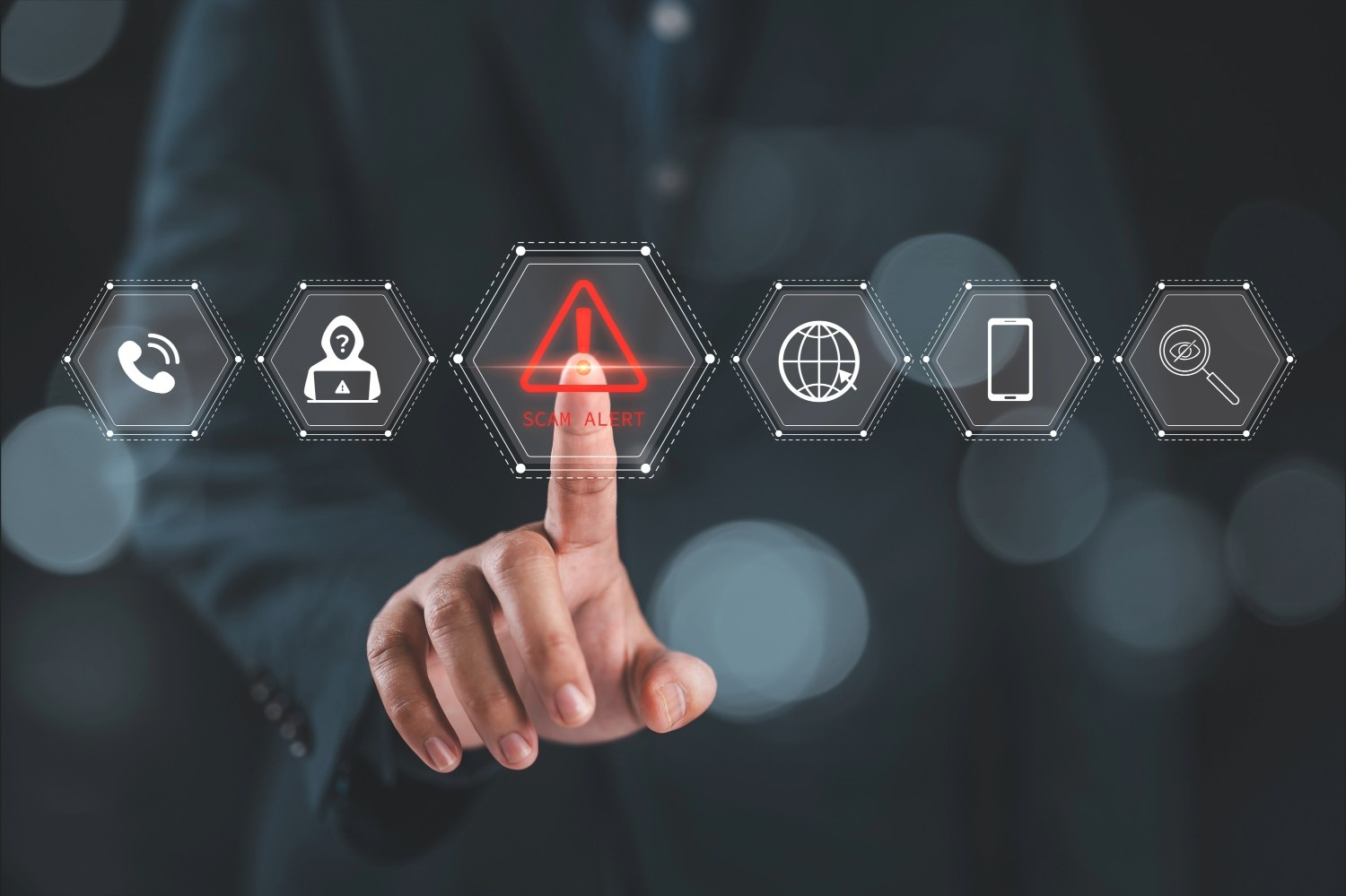Cybersecurity Best Practices for Small Businesses

Cybersecurity isn’t just a buzzword—it’s a business imperative. In 2025, where nearly every part of operations is driven by digital tools, small businesses are no longer flying under the radar. While large enterprises may have dedicated security teams and robust infrastructure, small and medium-sized businesses (SMBs) often operate with limited resources and tighter budgets. That makes them prime targets for cybercriminals looking for easy access points.
Recent data shows that over 40% of cyberattacks are aimed at small businesses, and many of those affected suffer extended downtime, financial setbacks, and loss of customer trust (SBA, 2023). Even more concerning is that a significant number of small businesses never fully recover after a major security breach (Rahmonbek, 2023).
But here’s the good news: protecting your business doesn’t require enterprise-level spending. With the right mindset, a proactive approach, and a few smart strategies, SMBs can dramatically reduce their risk and build a cybersecurity posture that holds up under pressure. It’s not about doing everything—it’s about doing the right things well.
In this article, we’ll explore the essential cybersecurity practices every small business should have in place in 2025, along with actionable tips based on the most current digital threats and trends.
Adopt a Zero Trust Mindset
In the past, businesses treated cybersecurity like a locked front door—once you were inside the network, everything was fair game. Today, that approach just doesn’t cut it.
Modern security thinking is shifting toward Zero Trust Architecture. This means no user, device, or application is trusted by default—even inside your network. Every access request must be verified, and permissions should be granted only when necessary.
For small businesses, this might mean:
- Implementing multi-factor authentication (MFA) across all user accounts
- Limiting access based on roles (the “least privilege” model)
- Verifying devices before they connect to internal systems
Zero Trust isn’t about paranoia—it’s about minimizing assumptions and reducing attack surfaces.
Secure Your Cloud and SaaS Tools
Most small businesses today rely on cloud-based apps—think Google Workspace, Microsoft 365, Slack, Trello, or QuickBooks. These platforms are incredibly convenient—but also potential entry points if not properly secured.
Make sure you:
- Review access settings and remove users who no longer need access
- Turn on MFA and device verification wherever possible
- Use strong password policies or a password manager
- Regularly audit third-party app integrations that connect to your systems
Just because a tool is secure by design doesn’t mean your usage of it is secure in practice.
Keep Your Software and Devices Up to Date
It sounds basic—but it’s often overlooked. Many attacks exploit known vulnerabilities that could have been prevented with a simple update.
Patch everything regularly, including:
- Operating systems (Windows, macOS, Linux)
- Routers and Wi-Fi access points
- Business apps and plugins
- Point-of-sale or payment systems
Set up automatic updates where possible. And if you’re using legacy systems that no longer receive updates, it’s time to rethink those tools.
Train Your Team to Spot Red Flags
Cybersecurity is as much a people issue as it is a technology one. Human error—like clicking on phishing emails or using weak passwords—is still the most common cause of breaches. In fact, more than 50% of SMBs have experienced a cyberattack, and many of those incidents stem from preventable mistakes (Rahmonbek, 2023).

Invest in basic cybersecurity training for your employees, even if your team is small. Key areas to cover:
- How to recognize phishing and social engineering attacks
- Safe handling of sensitive customer or payment information
- Best practices for working remotely (especially on public Wi-Fi)
- Reporting suspicious activity quickly
Cyber-aware teams are your first line of defense—and often your most affordable one.
Have an Incident Response Plan (Even a Simple One)
What would you do if your business was hit by a ransomware attack tomorrow?
Many small businesses don’t have an answer—and that’s a problem. Having a basic response plan helps you minimize damage and recover faster.
Your plan should include:
- Who to contact (IT provider, insurance, law enforcement, etc.)
- What systems to isolate
- How to communicate with customers and stakeholders
- Where your data backups are stored and how to access them
Even a one-page plan can make a huge difference in a high-pressure moment.
Final Word
Cybersecurity in 2025 isn’t just about firewalls and antivirus software. It’s about creating a security culture, using the right tools wisely, and being proactive—not reactive.
For small businesses, that doesn’t mean spending a fortune. It means being smart, staying alert, and making cybersecurity part of your everyday operations.
Hackers aren’t just targeting the big guys anymore. But with the right precautions, you don’t have to be an easy target either.
References
U.S. Small Business Administration. (2023). Cyber safety tips for small business owners
Rahmonbek, K. (2023). Small business cyber security statistics
